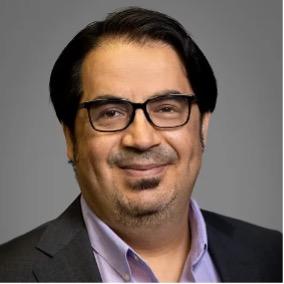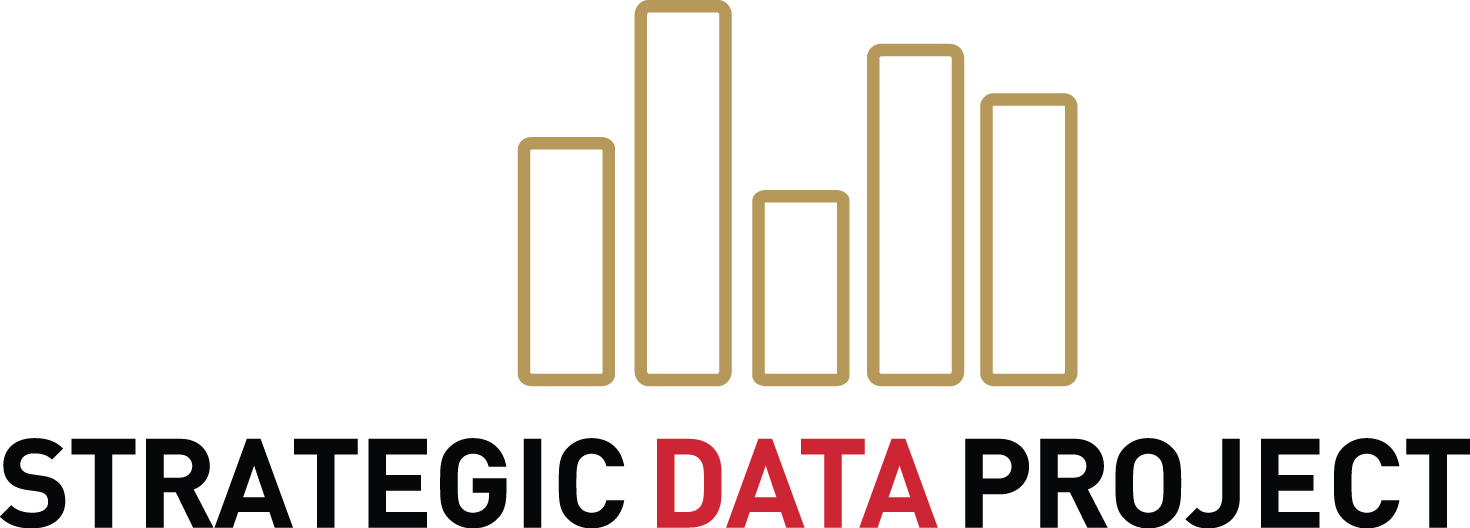
“It was really thinking outside the box, not giving up, and testing alternative solutions that made the difference. And for that, you need time. If you are tasked with 100 things, you will not be able to think beyond them. That is one of the advantages of being an SDP Fellow. I had that freedom.” – Dr. Nedim Yel
In California and around the world, the COVID-19 pandemic shuttered school buildings for months in 2020 and 2021. Teachers shifted to online instruction, but an estimated one million California students who lacked reliable access to computers and high-speed Internet were unable to continue their studies. Black and Native American students, students from low-income families, and remote, rural communities were disproportionately disconnected.
Ensuring equitable access to online instruction was a daunting challenge—especially because state leaders did not know exactly which students could access broadband Internet at home. Getting devices into students’ hands would do little if they couldn’t sign on to remote learning platforms. Leaders needed to know which students had high-speed Internet access so they could provide it to the students who didn’t.
Those were the tasks before SDP Fellow Dr. Nedim Yel, who was Senior Data Scientist at the California Department of Education at the time. The first steps were not obvious, as the state did not collect connectivity data about students and had no ready infrastructure to do so. Yel pressed on, motivated by a core commitment to equitable opportunity, with support from Chief Deputy Superintendent of Public Instruction Mary Nicely and Education Administrator Geoff Belleau.
“We are in an increasingly connected world and if certain part of society is left behind, those people will not have access to the opportunities that others have,” said Yel, now an independent consultant and executive director of Data Analysis and Statistical Solutions. “If certain groups are more connected than others, that threatens our democracy. That threatens our way of life.”
An Open Mind Meets Open Source
Yel and his colleagues explored several possible ways to identify and expand the share of students that had access to broadband Internet, which enables ongoing high-speed data transmission. First, they partnered with the Council of Chief State School Officers to explore ways to include connectivity status surveys in Student Information Systems data-collection efforts. However, any efforts would take 18 to 24 months before such data would be available—too slow to address an urgent connectivity challenge.
Yel then explored alternative ways to collect this data without the need of setting up an expensive database. He created a new connectivity survey tailored to be administered at every California public school. The survey was built to use a simple, open-source language called Go Programming and individualized to each public school. However, state law did not mandate schools to participate, so the data would not be complete.
Yel and his colleagues then looked beyond data toward technological responses to the problem itself. These included whether county or regional education agencies could build their own 4G LTE networks, as two California counties had done, and if new laser- and satellite-based technologies could meet connectivity demands. None of these options were workable due to a variety of physical limitations, such as range and lack of high-speed cables, as well as student privacy concerns and set-up costs for families.
The team did not fully give up on a technology-based response, however. The state education agency partnered with several philanthropies and founded the California Digital Divide Innovation Challenge, which will award up to $1 million to the winning creative solution to expanding broadband access across the state. The initiative attracted several proposals, some of which are currently being tested.
But to put any technological solution to its best use, state leaders still needed to know which students lacked connectivity at home. The data didn’t exist within the department, and there was no immediate way to ask schools and students directly.
The information was out there. Accessing it was just a function of asking the right question. And that, it turned out, was not asking “who.” It was asking “where.”
Mapping Connectivity
The solution started with knowing which data the department did have in hand: students’ addresses. Yel and his colleagues had been in touch with the California Public Utilities Commission to better understand the broadband infrastructures throughout the state. Somewhere along the way, they landed on to a novel idea: by mapping students’ addresses and connecting these to maps of underground broadband cables, they could figure out who could access the Internet, based on where they lived.
Yel requested the student address data and then used the open-source software R to geocode the addresses of nearly four million of the state’s six million students. He then added connectivity data from the Federal Communications Commission broadband map, using another open-source software called QGIS. Finally, he added global fixed and mobile network data, which is part of Ookla’s open data.
Yel and his colleagues knew that the insights from the mapping exercise would not be precisely accurate, because the FCC map shows homes as connected based on having at least one broadband point of access within the same Census block. But the linked geocoding and broadband map created a data-driven starting point to frame and drive the conversation about closing the digital divide in California.
The map and analysis inspired several responses to the problem. After Nicely shared the results with state leaders, more than 30 bills were introduced during the 2020-21 legislative session to address the digital divide. That June, Governor Gavin Newsom visited an elementary-school classroom to sign SB156, which commits the state to spending $6 billion on broadband upgrades that will improve and more equitably provide affordable, high-speed Internet access across the state. In addition, state education and philanthropic leaders formed the Bridging the Digital Divide Fund, which raised more than $18.4 million and collected thousands of donated devices. These efforts are led by Californians Dedicated to Education Foundation.
Legislators and State Superintendent of Public Instruction Tony Thurmond also formed the Digital Divide Task Force. After a series of hearings, Internet service providers agreed to continue low-cost connectivity programs, expand outreach to low-income families, and provide free Wi-Fi to entire communities.
Lessons Learned
Yel’s main takeaway from his work as an SDP Fellow is simple: don’t let perfect be the enemy of good. Or in this case, good enough. Data scientists typically focus on the fidelity of the data they have—and in research, that is an important consideration. But when using data analysis to inform decision-making in a crisis, “don’t waste time to be 100 percent perfect if 75 percent accuracy will be sufficient,” he said.
He also stressed the importance of thinking creatively and being open to learning new skills to address a challenge. “Thinking outside the box, not giving up, and continuing to test alternative solutions are all important,” he said.
Finally, he stressed that even with a perfect storm of support, the path from data analysis to positive impact is long, so don’t get discouraged. The urgency of responding to the Covid-19 pandemic and the public support of leaders at the highest level helped fuel a series of historic actions that were supported by Yel’s mapping and analysis. Yet even for these high-profile commitments, it takes time for plans to be completed.
“Even if you have all of the support you need, change is slow,” he said. “Some of these developments are still in their early stages. But we made it possible for people to pay more attention to this issue and helped some students to connect.”
Yel is grateful for the support of State Superintendent of Public Instruction Tony Thurmond, Chief Deputy Mary Nicely, and Education Administrator Geoff Belleau of the California Department of Education.
SDP is grateful to the Bill & Melinda Gates Foundation for sponsoring the California Department of Education's participation in the Strategic Data Project Fellowship.
